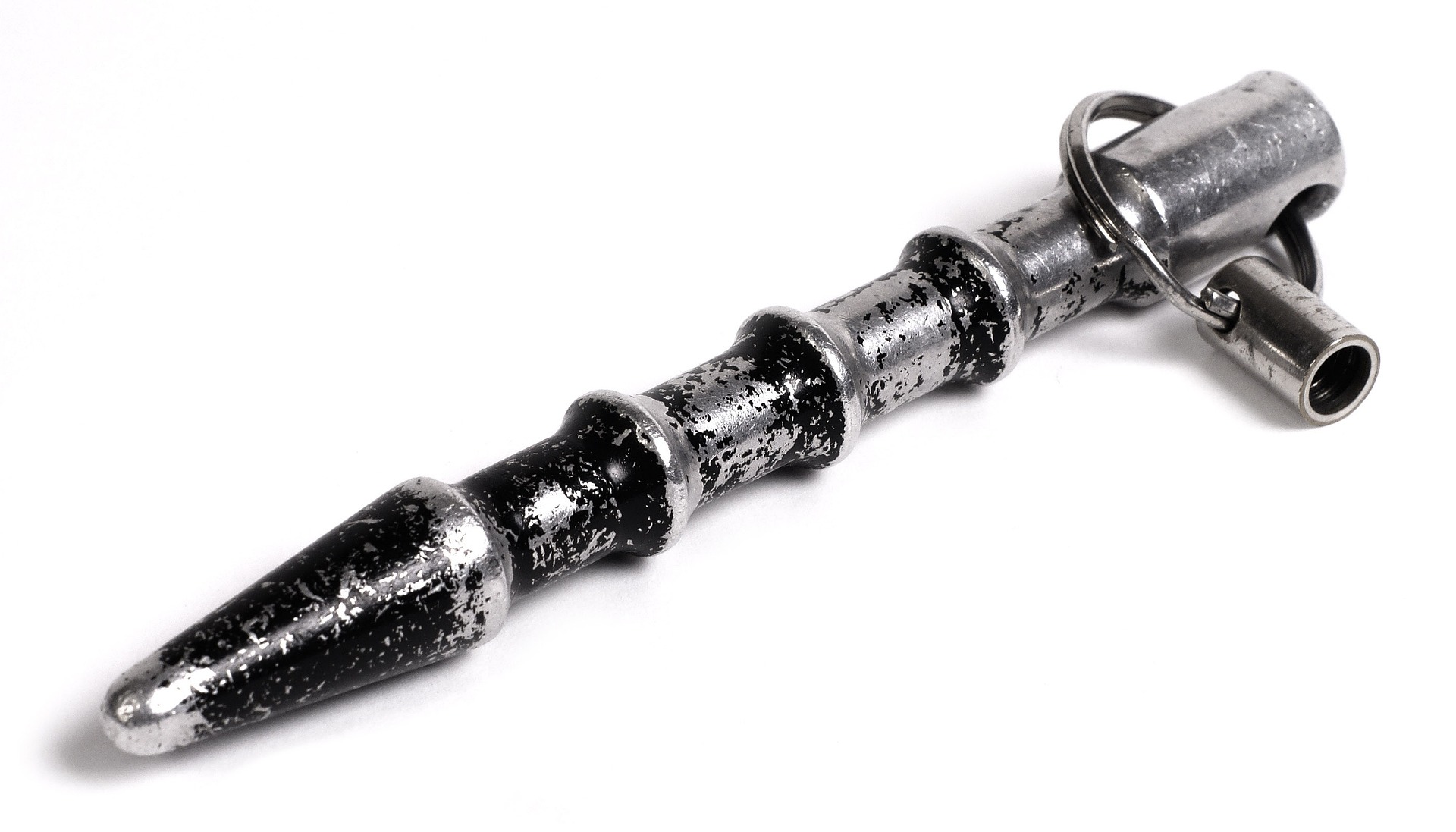All martial arts require you to have some sort of partner to practice with. For arts like Arnis and Boxing, that is a vital aspect of training. For arts like tai chi, it is less important. In order to understand how any of the movements and techniques work, you need to apply it to a physical human body. That’s your partner. The trouble is, good ukes are hard to find.
The term “uke” refers to the partner who punches in for you so you can apply your technique. “Tori” is the partner who gets to perform the technique. They are Japanese terms but English terms will work just as well. These are the attacker and the defender respectively.

Just having another human doesn’t guarantee he or she is a good uke. Here are fourth types of ineffective ukes.
The Wet Noodle
The difficulty in finding a good uke is many people become wet noodles when they punch in. They don’t perform good technique with the punch or kick because they expect the defense to over come their attack. This is bad. You can’t practice on a body that is floppy. It doesn’t help your mind remember correct technique.
Cocky Counteror
Another trait of an ineffective uke is countering or fighting the technique. Now I understand that there is a time and place for countering drills and such. But most of the time, the tori (defender) is learning the technique. They are attempting to absorb the sequence of events so they can start to build up accuracy and flow. When the uke (attacker) immediately starts to counter or resist the technique, the tori (defender) doesn’t learn from the practice. The uke has wasted everyone’s time.
Slippery Seals
Some ukes anticipate the attack and start to avoid the counter attack. They step off the line before they actually make contact. They turn their bodies to protect themselves and disrupt the counter attack’s flow. They slide around and start rolling before there is even an attempt at a throw. Like the Cocky Counteror, they are wasting everyone’s time because no one can grasp the body mechanics of doing the technique correctly.
Dead Duck
Then we have those ukes that provide dead weight when we attempt to trip, reap, hock or throw. As soon as they feel their balance disrupted prior to the takedown, they relax and become dead weight. This sudden shift in weight distribution can cause injuries to the tori (defender) and uke (attacker). It also changes the application of the technique so the tori doesn’t learn how to adjust the uke’s weight. Like most poor ukes, this wastes time.
When you practice your techniques, be a good partner. Strike in with intent, good posture and solid basics. Let your partner work the technique out so they can learn how to do it. Avoid the common pitfalls of a sloppy uke. Not only can it lead to injuries but also it is not courteous. Eventually, you will be a tori and will want to have a nice uke help you. Once you and your partner feel comfortable with applying the techniques on a cooperative uke, you can decide mutually to start adding uke defensive measures and counters. This should be a drill for later sessions, not early sessions. As always, respect your partner and have fun with your practice.
Tell me your “bad” uke story. I’d love to read it.


